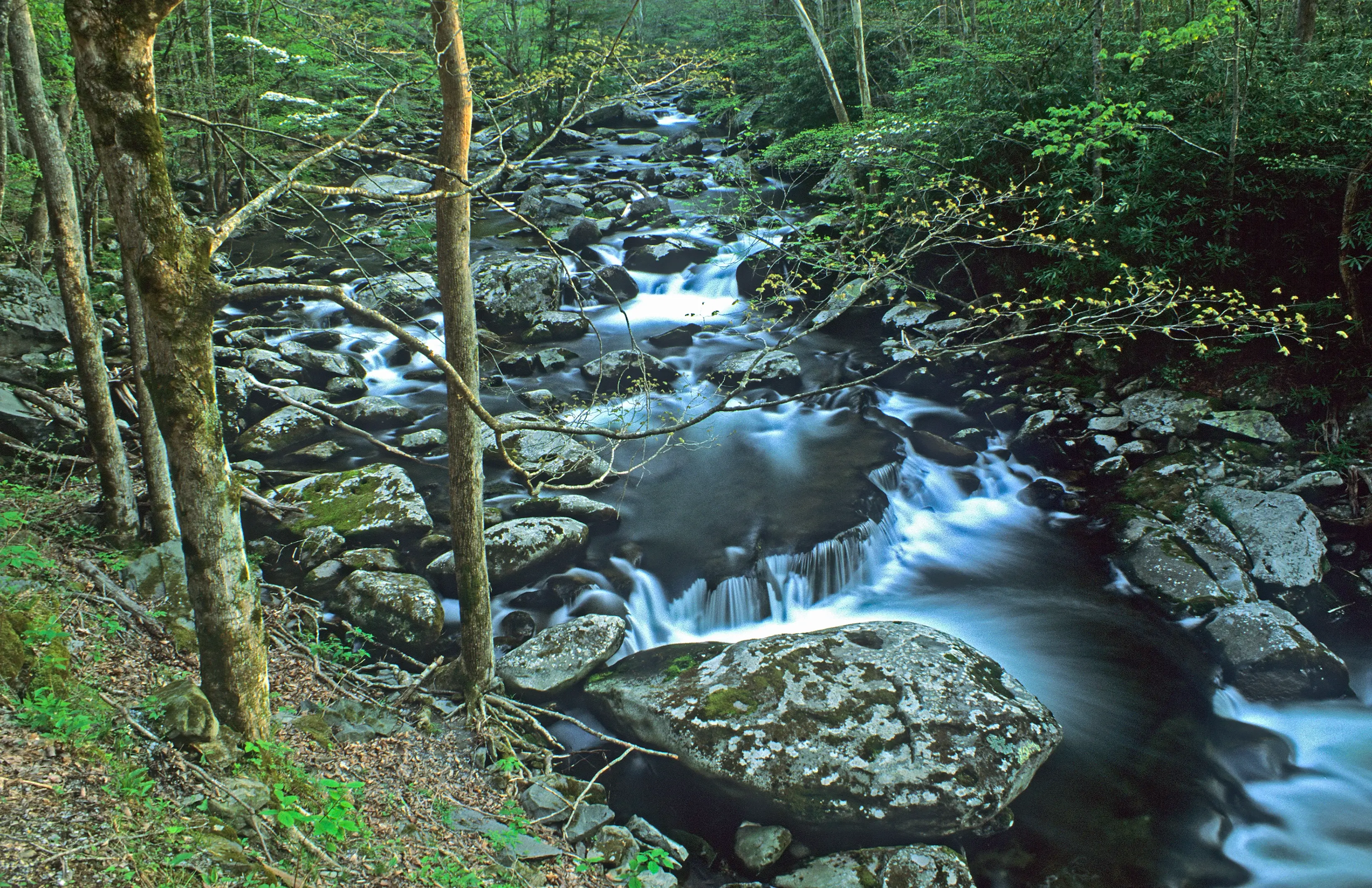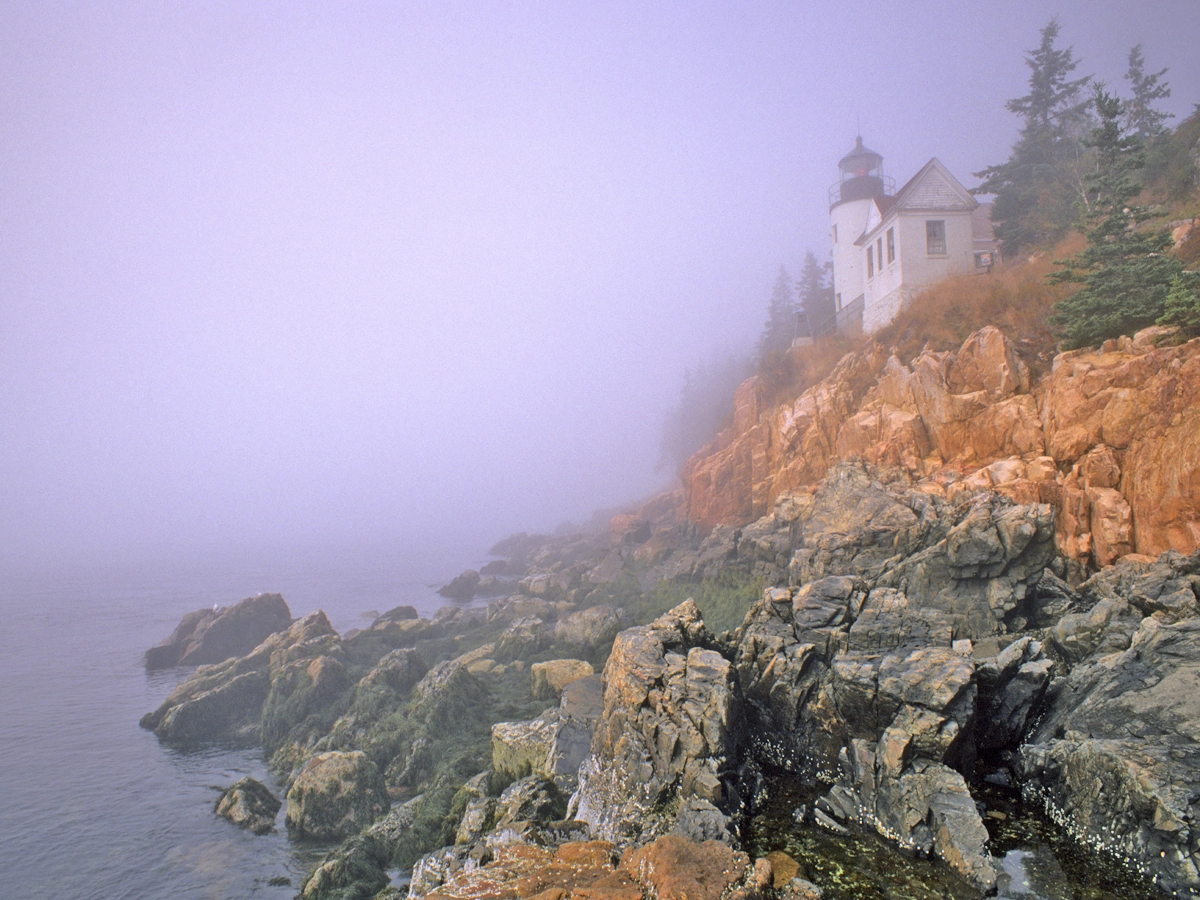I am frequently asked by novice photographers for suggestions to improve their photographs. After reviewing their images, I sometimes notice that if they had the “right mood” when their images were captured they would see an immediate improvement in their photographs.

Having the “right mood” can take on two meanings. The first type deals with the emotional or mental state of the photographer. Having the right frame of mind, or motivation is critical in taking great images. It is very difficult to be creative when you are in a negative mood. I can’t tell you how many times I have had to drag myself out of bed at 3:00 a.m. in order to catch the magical light that occurs at sunrise when I would rather have crawled underneath the covers and gone back to sleep. Unfortunately, the sun doesn’t sleep in. Therefore, I must become motivated to crawl out of bed in order to reach my destination before the sun appears.
The second type of “mood” deals with the emotions that are conveyed to the viewer when viewing an image. To accomplish this, the photographer must learn how Mother Nature’s ever-changing moods can assist with adding emotion to an image.

Weather conditions, such as fog, can create an ethereal feeling in an image, inviting the viewer to experience a wide array of emotions ranging from somberness to a sense of peace and tranquility. An example would be an image of a lighthouse enshrouded by a thick bank of fog. Shooting photographs in fog also provides an opportunity to shoot in soft, even light that will enhance your photography.

In addition to fog, nature photographers will often use soft rain or drizzle when trying to increase the color saturation of a scene. It is not uncommon for novice photographers to believe that they must shoot in the bright, intense light of the noonday sun to increase the color saturation in their images. Individuals learning the art of photography are usually surprised when they discover the results that a soft, gentle rain can have on spring or fall colors lining the banks of a cascading stream. These rainy conditions actually do increase color saturation and will improve your photography.
Lastly, photographers can dramatically enhance their images by preparing themselves to be on location at least 30 minutes prior to sunrise or staying out one hour after sunset. By doing so you are able to capture the warm, soft, glowing light of the sun while it is at the lowest points on the earth’s horizon. The light during these times is much more dramatic and will transpose an average scene into a purely magical moment.
As you can see, it is important to understand the influence that “mood” can have in transforming your images. So, whether it is your frame of mind or a direct result of environmental conditions, I am hoping that these photographic tips will help you to understand how having the “right mood” can improve the quality of your photographs.
JS
© NatureScapes Photography 2023
Questions or comments about this article can be sent to Jeffrey through this website